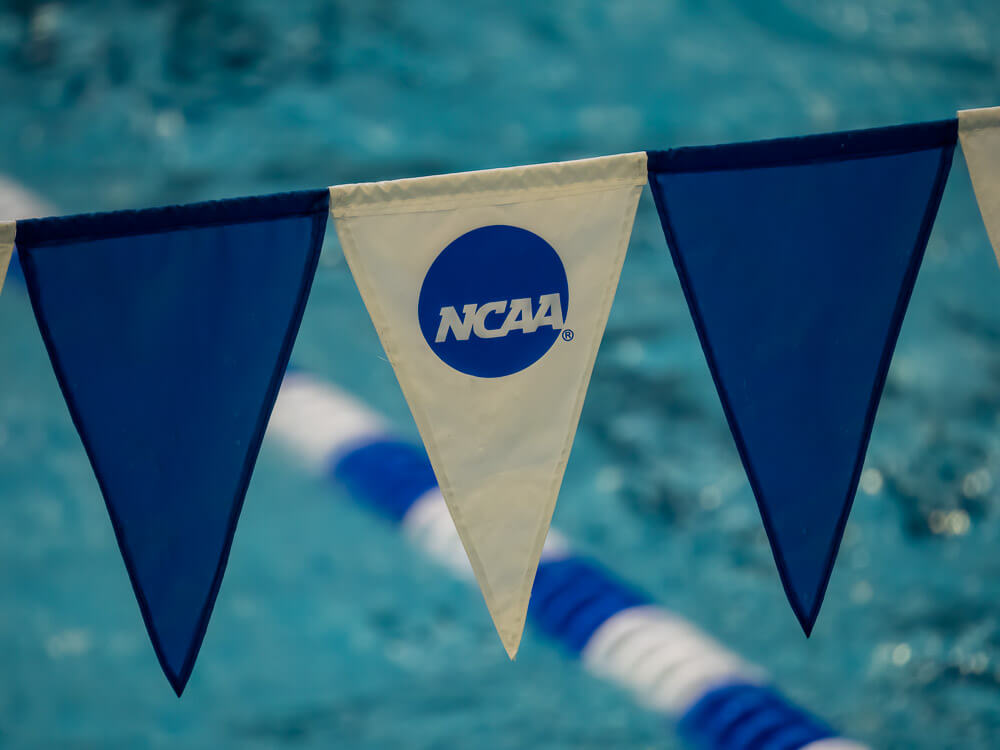Conference Realignment Hitting College Athletics Again: Pac-12 in Flux, Arizona, ASU, Utah to Big 12

Conference Realignment Hitting College Athletics Again: Pac-12 in Flux, Arizona, ASU, Utah to Big 12
College athletics in 2024-25 was already set to look plenty different with four major universities switching conferences. In pursuit of big-dollar television contracts, the University of Texas and University of Oklahoma announced in 2021 that they would be moving from the Big 12 to the SEC in July 2025, and last year, the University of Southern California and University of California-Los Angeles announced their own moves from the Pac-12 to the Big Ten.
For the past year, the remaining Pac-12 institutions have considered their own futures, with the fate of the league uncertain until an agreement was reached with television partners. Now, six of the remaining 10 schools have announced their own departures.
The University of Colorado recently announced it was leaving the Pac-12 to return to the Big 12. Colorado was a charter member of the Big 12 in 1996 but left in 2011 for what will turn into a 13-year stint in the Pac-12. Now, the University of Oregon and University of Washington are close to joining the Big Ten, according to numerous reports, including ESPN.
None of Colorado, Oregon and Washington sponsor swimming and diving programs, but at that point, all seven schools remaining Pac-12 schools had at least a women’s team. Now, three of those teams have departed. The Big 12 announced Friday evening that the University of Arizona, Arizona State University and the University of Utah have all applied for and been granted membership in the league. Those schools all sponsor both women’s and men’s swimming programs.
With Arizona, ASU and Utah departing the Pac-12 alongside alongside Colorado, Oregon and Washington, that would leave Cal, Stanford, Oregon State and Washington State in the Pac-12. All of those schools have swimming and diving programs, with the Bay Area schools sponsoring women and men while OSU and WSU are women’s-only programs.
Now, those universities will have to consider their own future plans with the possibility of a Pac-12 collapse. Cal and Stanford have been mentioned as possibilities to join USC, UCLA, Oregon and Washington in the Big Ten, but their intentions are uncertain.
In a Friday statement. Stanford President Marc Tessier-Lavigne and athletic director Bernard Muir said, “Our primary focus at this time is analyzing the available options and making the best decisions for Stanford and our student-athletes. We remain optimistic about Stanford’s athletics future and remain committed to pursuing excellence in college athletics.”
In similar remarks released Friday, Cal chancellor Carol Christ and athletic director Jim Knowlton said, “We are not watching and waiting from the sidelines. Together, the Chancellor and Athletic Director are evaluating a variety of options that will ensure our student-athletes can continue to thrive and that our intercollegiate athletic programs can continue to excel in a manner consistent with our institutional values.”
The ACC has been relatively stable throughout the realignment run of recent years thanks to a long-term grant-of-rights agreement that grants ESPN near-exclusive broadcast rights of the conference’s events. However, officials from Florida State spoke this week about the possibility of leaving the ACC “unless there were a major change in the revenue distribution within the conference.” That prospect appears far-fetched with the ACC locked into its deal for another decade and exorbitant fees required to escape the agreement.
These conferences moves are certainly not motivated by swimming, track, tennis, soccer or even men’s basketball, the second-most-watched and second-most-profitable college sport. Instead, football is driving the movement. In recent years, the SEC and Big Ten have emerged as the premier, most desirable conferences for schools to align with because of the SEC’s television deal with ESPN and the Big Ten’s deals signed last year with FOX Sports, CBS Sports and NBC Sports. Thus, schools in other conferences pursuing of higher income have scrambled to find better landing spots.
The Big 12, seemingly in trouble three years ago when Texas and Oklahoma left, secured its position for the future with deals with ESPN and FOX. The Pac-12, however, had not come to an agreement, with Apple emerging as a potential streaming home for the league. But Friday, the nine remaining universities did not ratify a potential deal, leaving several schools scrambling for a way out. The Big Ten was open to further west-coast expansion, in part so that other universities would be closer in proximity to USC and UCLA, while the Big 12 had been considered a possible landing spot for disgruntled Pac-12 schools.
According to ESPN’s Pete Thamel in his discussion of the Oregon and Washington defections, “The numbers from the Big Ten were being compared with the ambiguity of the numbers the Pac-12 received in its stream-heavy deal from Apple, which included subscription incentives that needed to be hit for the schools to make big money.”




Then question is…where will and
and  go?
go?